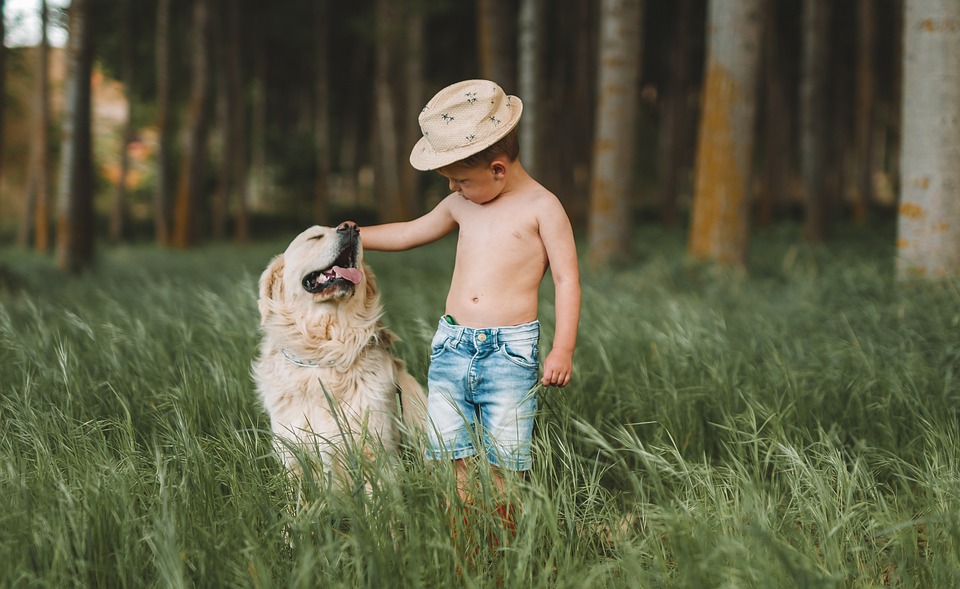Introduction:
Socialization is an essential part of a dog’s development, and it impacts their behavior and overall well-being. This comprehensive guide will delve into the benefits of socialization, effective strategies for socializing your dog, and answer common questions related to dog socialization.
The Importance of Socializing Dogs: Benefits and Beyond
1. Understanding the Importance of Socialization:
– Why is socialization crucial for dogs? Dogs are social animals, and without proper socialization, they may develop fear, anxiety, and aggression issues.
– The impact of socialization on a dog’s behavior and temperament. Dogs that are well-socialized tend to be more confident, friendly, and adaptable to various situations.
2. Benefits of Proper Socialization:
– Improved communication skills and body language. Socialization helps dogs understand and communicate effectively with other animals and humans.
– Reduced anxiety and fear-based behavior. Dogs that are properly socialized are less likely to exhibit fear or anxiety in new environments or when encountering new people or animals.
– Enhancing trust and bonding with humans and other pets. Socialization helps build trust and strengthens the bond between dogs and their owners, as well as with other pets in the household.
– Prevention of aggression and dominance issues. Dogs that are well-socialized are less likely to develop aggression or dominance issues towards other animals or humans.
– Increased adaptability to new environments and situations. Socialization exposes dogs to different environments, people, and situations, making them more adaptable and resilient.
Effective Strategies for Socializing Your Dog
1. Early Socialization: The Key to Success:
– The critical socialization period for puppies. The first few months of a puppy’s life are crucial for socialization. Introduce them to a wide range of experiences, people, and animals.
– Introducing positive experiences with various stimuli. Expose puppies to different sounds, smells, sights, and textures in a positive and controlled manner.
2. Gradual Exposure to New Environments:
– Slowly introducing new people, pets, and surroundings. Gradually expose your dog to different environments, people, and animals to prevent overwhelming them.
– Using positive reinforcement to build confidence. Reward your dog with treats, praise, and affection for calm and positive behavior during socialization experiences.
3. Controlled Interactions with Other Dogs:
– Dog parks and supervised playdates. Dog parks and supervised playdates with other well-socialized dogs can provide opportunities for positive interactions.
– Ensuring safe and positive interactions. Monitor your dog’s behavior during interactions with other dogs and intervene if signs of discomfort or aggression arise.
– Recognizing and addressing signs of discomfort or aggression. Learn to recognize signs of discomfort, fear, or aggression in your dog and address them appropriately.
4. Positive Experiences with Humans:
– Encouraging gentle interactions with different individuals. Allow your dog to interact with different people, including adults, children, and individuals with diverse appearances.
– Exposing dogs to diverse ages, genders, and appearances. Socialize your dog with people of different ages, genders, and appearances to ensure they are comfortable with a variety of individuals.
– Involving trainers or behaviorists, if needed. Seek the assistance of a professional trainer or behaviorist if your dog exhibits fear, aggression, or other concerning behaviors during socialization.
5. Obedience Training and Socialization:
– Combining obedience training with socialization exercises. Incorporate obedience training into socialization experiences to enhance control and cooperation.
– Teaching basic commands to enhance control and cooperation. Teach your dog basic commands such as sit, stay, and come, which can be useful in managing their behavior during socialization.
Frequently Asked Questions (FAQs) about Dog Socialization
1. When should I start socializing my dog?
– The ideal age for puppy socialization. Puppy socialization should ideally begin around 3-14 weeks of age, which is a critical period for their development.
– Socialization techniques for adult dogs. While it may be more challenging, adult dogs can still benefit from socialization. Gradual exposure and positive reinforcement are key.
2. How can I introduce my dog to new people and pets?
– Step-by-step guide for introducing dogs to strangers. Introduce your dog to strangers gradually, starting with calm and controlled interactions in a neutral environment.
– Tips for introducing dogs to other animals. Introduce dogs to other animals slowly and in a controlled environment, using positive reinforcement and supervision.
3. What if my dog shows signs of fear or aggression during socialization?
– Understanding fear-based behavior in dogs. Fear-based behavior can manifest in various ways, such as trembling, hiding, or growling. Understand these signs and work on building their confidence gradually.
– Seeking professional help for aggression issues. If your dog displays aggressive behavior during socialization, consult a professional trainer or behaviorist for guidance.
4. Can I socialize my older dog, or is it too late?
– The benefits and challenges of socializing older dogs. While it may be more challenging, older dogs can still benefit from socialization. Patience, consistency, and positive reinforcement are crucial.
– Tailoring socialization techniques for adult and senior dogs. Adapt socialization techniques to accommodate the specific needs and limitations of adult and senior dogs.
5. Should I use treats during socialization exercises?
– The role of positive reinforcement in dog socialization. Positive reinforcement, including treats, praise, and rewards, can help reinforce positive behavior during socialization.
– Choosing appropriate rewards for successful social interactions. Use high-value treats and rewards that your dog finds motivating and rewarding for successful social interactions.
Conclusion:
Properly socializing your dog is essential for their happiness, well-being, and behavior. By following the effective strategies mentioned in this guide and addressing any concerns promptly, you can ensure your furry friend grows into a confident, well-rounded companion. Remember, patience, consistency, and positive reinforcement are key when it comes to successfully socializing your dog with other pets and humans.
*Disclaimer: The information provided in this article is for educational purposes only and should not substitute professional advice from a veterinarian or certified dog trainer.*









